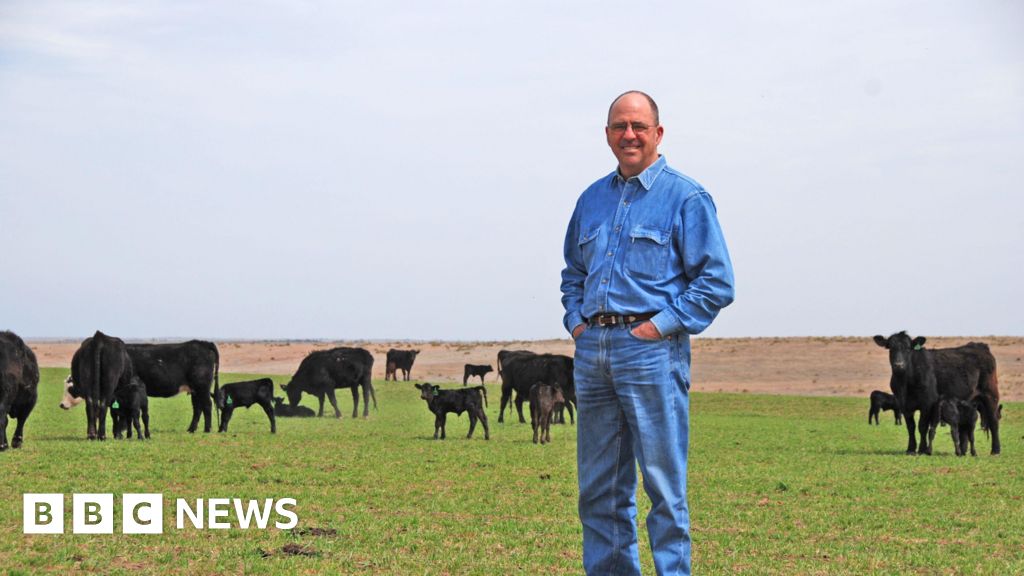First it was eggs, now it’s beef.
The last time Americans likely noticed spiking prices at the grocery store was when eggs reached record-highs. Since then, egg prices have fallen after the deadly avian flu outbreak was contained and producers built back supply.
Now, beef prices are hitting records, rising almost 9% since January, according to the Department of Agriculture, and retailing for $9.26 a pound. June’s consumer price index showed steak and ground beef prices are up 12.4% and 10.3%, respectively, over the last year.
But lowering beef prices will be harder than lowering the price of eggs.
“Beef is way more complicated than eggs,” said Michael Swanson, chief agriculture economist at Wells Fargo. “The cattle industry is still the ‘Wild West’ of the protein market, whereas the egg market is more ‘Corporate America’ with its supply and demand management.”
Record-high beef prices have been a decade in the making due to shrinking herds, drought conditions and the rise of imported beef — all while demand stayed strong.
Last month, Tyson Foods CEO Donnie King said during their earnings call that “beef is experiencing the most challenging market conditions we’ve ever seen.”
Cattle herd sizes are at their lowest levels in 74 years, according to the American Farm Bureau Federation (AFBF). Cattle ranching is not as profitable as it once was, and experts say many ranchers have given up.
“Even with these record high prices, margins for cattle farmers and ranchers are razor thin thanks to continued elevated supply costs,” wrote AFBF economist Bernt Nelson in a market intel report from May.
One of those supply costs: feed. Sustained drought throughout large portions of US ranchland have dried out pastures, forcing ranchers to rely on more expensive feed for cattle instead of free-grazing grass, according to the AFBF.
At the same time, Americans are looking for more options.
Imported beef from countries like Argentina, Australia and Brazil now account for roughly 8% of US beef consumption, according to Swanson. At the same time, exports of beef have slowed — dropping 22% in May compared to the year before, according to the AFBF.
“It’s a big change that we’ve seen this year that wasn’t on anybody’s playbook. Only a couple of years ago, we were net neutral, where we exported some and imported some,” said Swanson, adding that we’ll “continue to see more beef consumption in the United States being supplied by the world market, and they’re happy to do it since we’re the highest priced beef in the world.”
But Americans continue to eat beef despite record prices, according to the AFBF, with overall US demand remaining strong.
Source link


